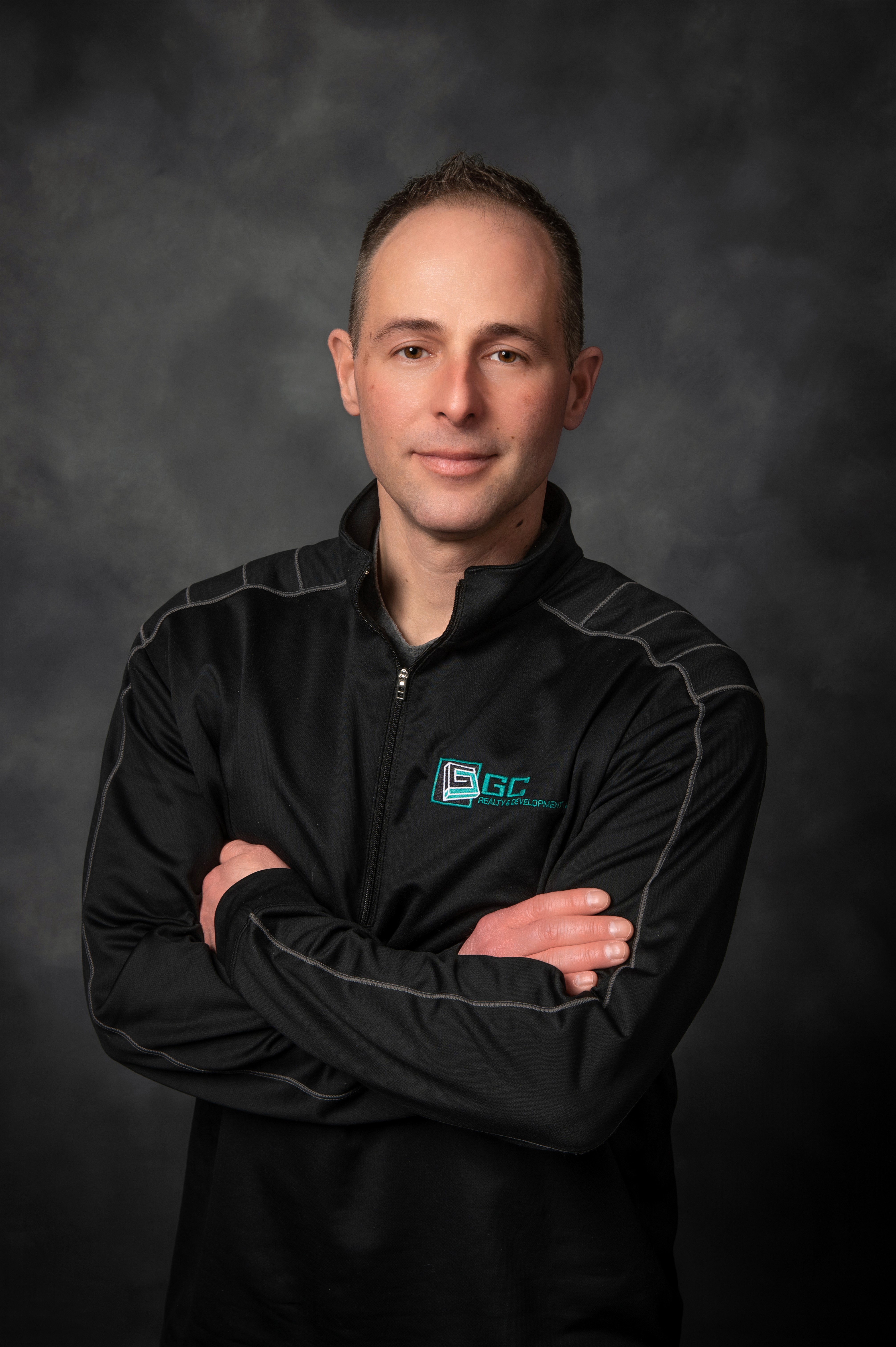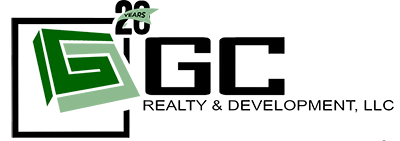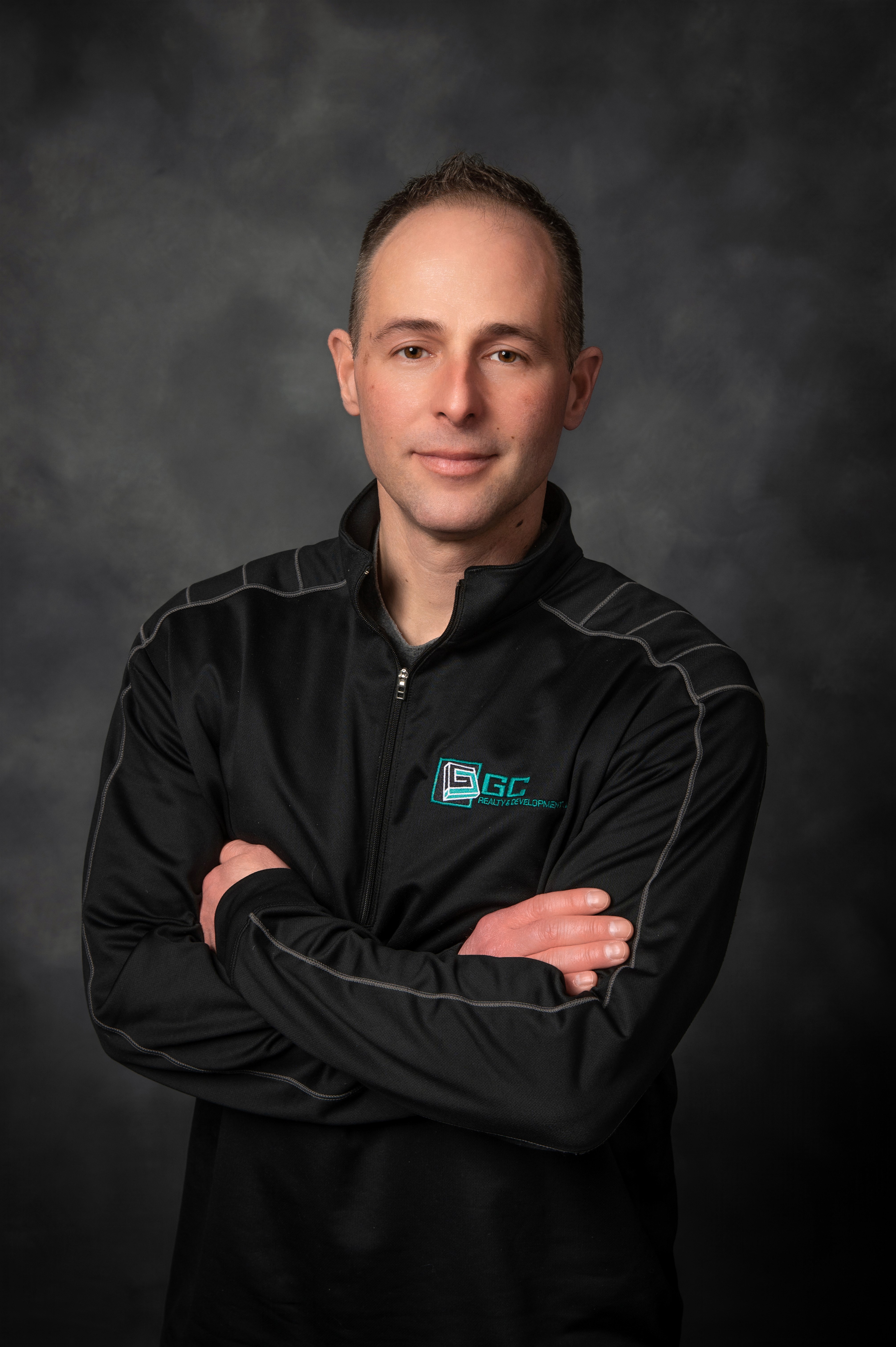
Author: Mark Ainely | Partner GC Realty & Development & Co-Host Straight Up Chicago Investor Podcast
Land development in the Chicago suburbs isn’t something we talk about often, but it’s one of the most important (and misunderstood) parts of real estate investing. In this episode, Tom Shallcross and Mark Ainley sit down with veteran land developer Jim Paul, who shares how he started from scratch in 1995 and built award-winning communities across Will County.
Jim’s story is one of discipline, vision, and risk, putting his house on the line for a 21-acre subdivision and later developing hundreds of acres that changed the landscape of suburban Chicago. From due diligence and financing to community trust and creativity in planning, this episode breaks down what it really takes to turn raw land into thriving neighborhoods.
Tom and Mark dive into an area rarely covered on the show: suburban land development and receivership.
Jim Paul explains how he left engineering to pursue real estate, why networking with planners, municipalities, and engineers was critical to his early success, and how a single decision to take on 21 acres set the course for a decades-long career.
He also details the creative design principles behind his Canterbury Lakes development, why narrower roads and winding layouts create better communities, and how good planning can add 10–20% more value compared to traditional subdivisions. The conversation later turns to receivership, a fiduciary role that places Jim in charge of distressed properties under court supervision, a job he takes as seriously as development itself.
Whether you’re an investor thinking about land, zoning, or simply how to build lasting value, this episode offers decades of experience distilled into actionable lessons.
Questions We Answer in This Episode
Q: How did Jim get started in land development?
A: He began as an engineer and one day decided to turn his father’s property into a residential development. Without prior experience, he networked with engineers, county officials, and planners to learn the process. His first project, a 21-acre subdivision, taught him everything about financing, infrastructure, and risk management.
Q: What was the biggest challenge in early projects?
A: Financing infrastructure. Jim had to use his own house as collateral, understanding that one mistake could cost him everything. His takeaway: stay busy, learn continuously, and find the right people.
Q: How do you find and source land deals?
A: Through brokers who specialize in land, not buildings, and through direct outreach. Jim literally knocks on doors of rural owners and introduces himself as a neighbor. Many of his biggest deals, including the land for Canterbury, started with a handshake conversation.
Q: What makes Canterbury unique compared to other subdivisions?
A: Canterbury uses open-space design with narrow, winding roads to slow traffic and create natural beauty. Instead of sidewalks, Jim built four miles of walking trails that connect through green space, lakes, and parks. Lots don’t back up to other lots, giving residents unobstructed views and peace.
Q: How does creative planning impact profitability?
A: Open-space developments appreciate faster, often 10–20% higher than standard layouts. Builders and buyers are willing to pay more for uniqueness and community design.
Q: How are these large land deals financed?
A: Typically through banks that specialize in land development, not private investors. Most contracts are structured with contingencies to allow 12–18 months of due diligence before closing.
Q: What lessons did 2007–2008 teach developers?
A: When the market crashed, overleveraged developers disappeared. Jim survived by halting new construction and negotiating with lenders. He emphasizes discipline, planning, and never assuming the good times will last forever.
Q: What is receivership and how does it work?
A: Receivership is a court-appointed fiduciary role that places an individual in control of a distressed property during foreclosure or litigation. The receiver acts as an officer of the court, neutral, not representing the lender or borrower, and manages, protects, or liquidates the property.
Q: How did Jim get into receivership?
A: By accident and curiosity. A bank contact mentioned it, and Jim immediately researched it. Within months, he was appointed to his first case, a land development receivership. Since then, he’s handled over 500 cases statewide, applying the same ethics and transparency that built his development career.
Q: What advice does Jim have for new investors?
A: Do your due diligence, don’t overextend yourself, and stay active. When challenges feel overwhelming, take action and move forward.
Show Notes
00:00 Intro – Off-market deals and leasing slowdown discussion
01:20 Housing Provider Tip – Replacing aging appliances proactively
02:31 Guest intro – Jim Paul joins to talk suburban land development
03:13 Jim’s background and transition from engineering to real estate
04:48 His first 21-acre subdivision and early financing struggles
07:00 The leap from one project to a 160-acre community
07:23 How he designs developments with open space and lakes
11:26 County, IDNR, and Army Corps involvement in rural projects
13:14 Creating value through design, roads, parks, and layout innovation
15:13 Sourcing land through brokers and direct outreach
16:09 Structuring contracts with contingencies and due diligence
18:22 Managing earnest money and engineering costs
19:34 Building community trust and long-term reputation
21:09 Living within his own development, doing right by neighbors
23:28 Why Canterbury’s design slows traffic and boosts home value
26:16 The cost vs. value of creativity in development
28:14 Financing land, bank vs. private capital
31:01 Lessons from the 2007 crash and reinventing the business
33:44 Entering receivership and its responsibilities
37:45 The legal and ethical side of being a court-appointed receiver
40:43 How Jim’s first receivership began by simply saying “I can do that”
46:57 How judges evaluate and appoint receivers
49:42 Handling borrowers respectfully while enforcing court orders
50:24 What’s next – upcoming projects and long-term goals
53:15 The mindset and drive required for entrepreneurship
55:01 Jim’s advice for new investors
56:16 Books and resources that shaped his mindset
58:23 Networking and the value of local builder associations
59:42 How to contact Jim and learn more
Takeaways for Chicago Property Managers and Landlords
Due diligence is everything. One overlooked issue, like wetlands, easements, or zoning, can destroy a project.
Networking matters. Every success Jim had came from relationships with planners, attorneys, and builders.
Creativity creates value. Open-space and design-driven developments sell faster and appreciate more.
Receivership requires integrity. As a court officer, neutrality and transparency build long-term trust.
Survive the cycles. The 2007 crash proved that only disciplined, patient developers last through market downturns.
Give back. Educating schools, hosting community events, and living in your developments set a higher standard for future builders.
Guest Information
Guest Name: Jim Paul
Guest Company: Alps Group / Land Developer
Guest Link: LinkedIn – Jim Paul
Because finding good tenants and property management shouldn’t feel like online dating.
Dear Investor,
If you are an investor in either the city or suburbs of Chicago, I would love to speak with you about how we can help you on your real estate journey. At GC Realty & Development LLC, we help hundreds of Chicagoland real estate owners and brokers each year manage their assets with both full service property management and tenant placement services.
We understand that every investor’s goals are unique, and we love learning about each client’s individual needs. If there is an opportunity to help you buy back your time by managing your rental property or finding quality tenants, please check us out.
Best Investing,

Founder, Partner, Podcast Co-Host, and Investor

 Vendor Portal
Vendor Portal


